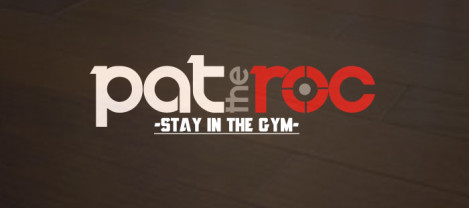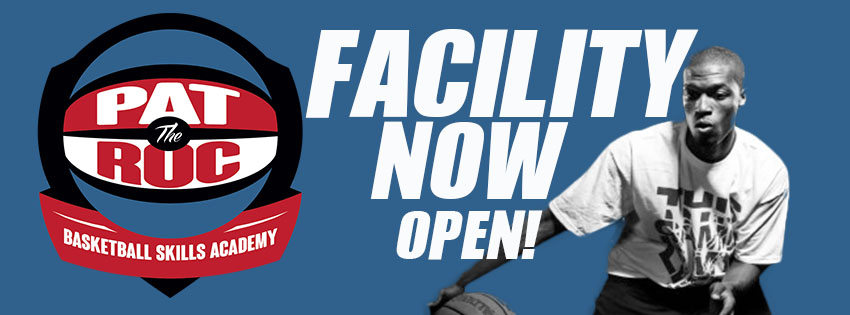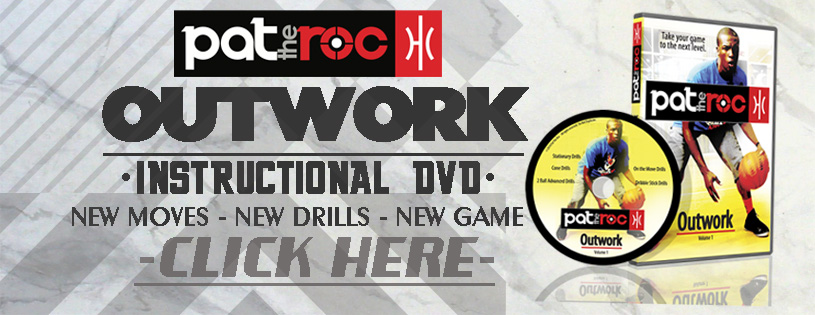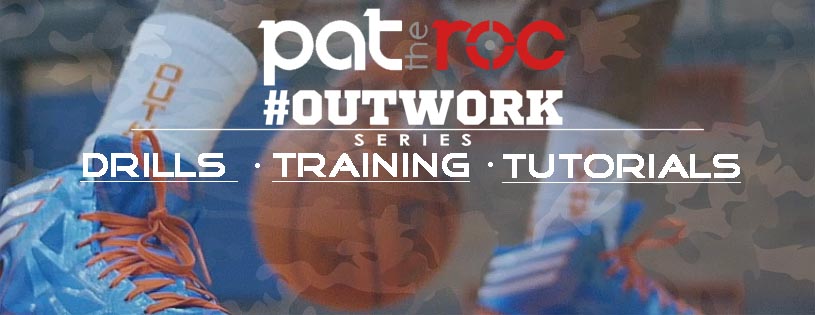NBA ALL STAR WEEKEND CLINIC -> NYC
Click on poster to register! Come OUTWORK with Pat The Roc Feb. 14, 2015 in NYC for NBA All Star Weekend! Space limited, so don’t miss your opportunity to take your game to the next level! …

Pat The Roc Facility
The Pat The Roc Skills Academy is a brand new basketball facility located in Rockville, Maryland. The academy is complete with all the tools and equipment needed to take a player’s game to the next level. Classes, clinics, and camps …

Stay In The Gym
Great players are made in empty gyms not sold out arenas. This is one of my favorite quotes. On my basketball journey, I had to come up with a way to separate myself from the competition. So I became a …












